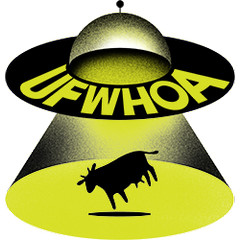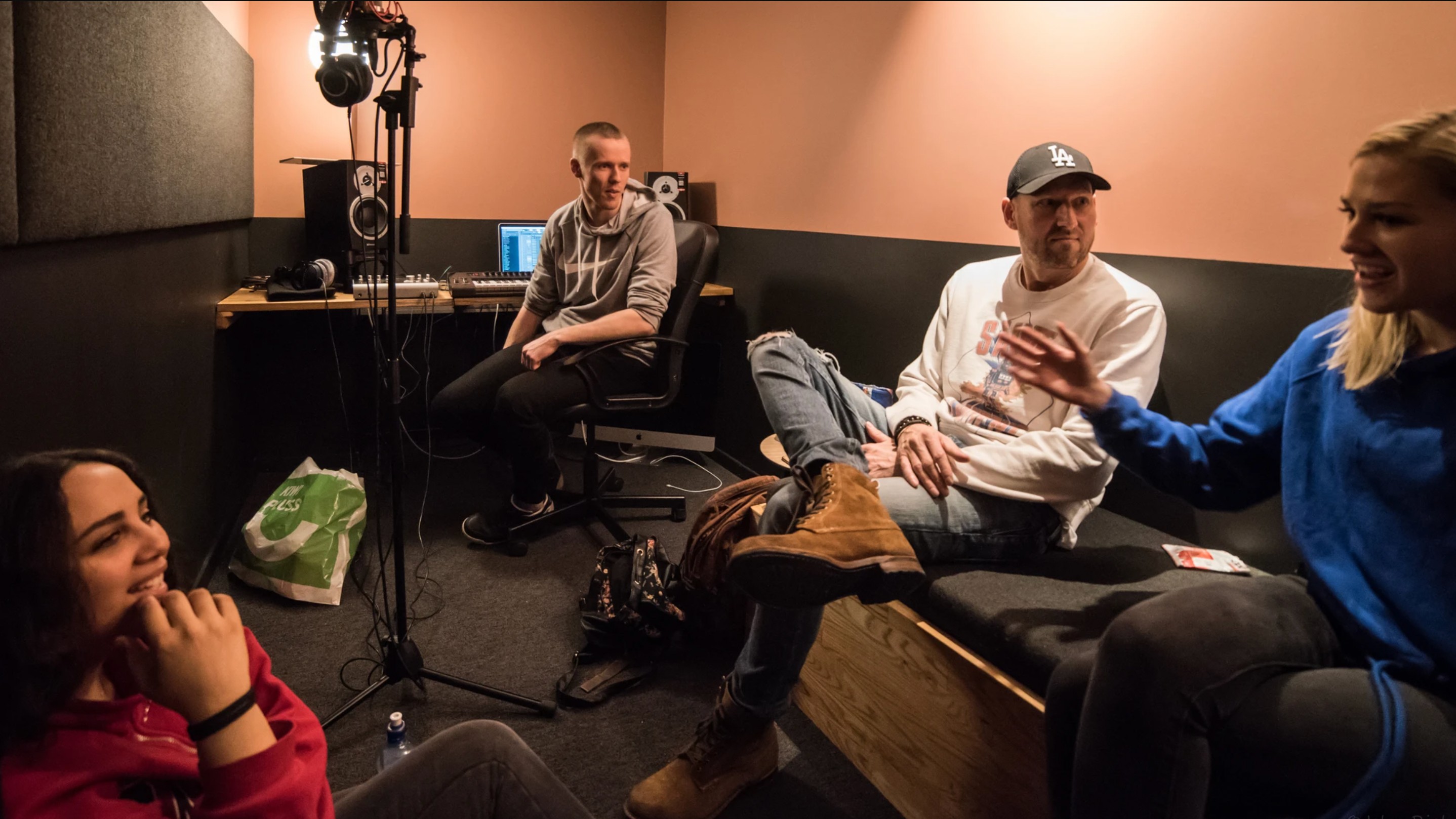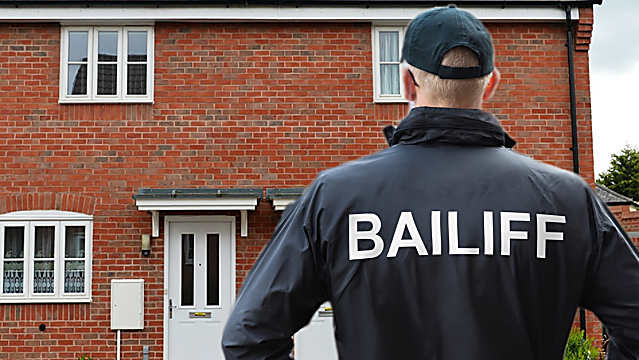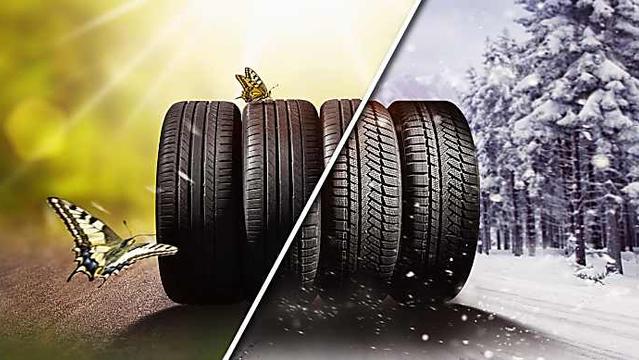The moment the students enter the school, they are a part of the music industry
One of my favourite things about being an adult and having graduated from college is that I don’t have to go to school anymore. I no longer need to sit through seemingly endless lectures with boring professors and standard course material while I struggle to stay awake.
But what if there was a college where all this was turned upside-down? A place where you aren’t just there to get your diploma so you eventually can get a real job? A program where you are mentored by people who have worked with the likes of Beyoncé, Rihanna, and Justin Bieber? Enter: Lillehammer Institute of Music Production and Industries (Limpi).
For years, people have asked for a revolution in music education, and now it looks like that revolution has arrived. The way this Norwegian music college is designed makes going back to school sound downright appealing -at least if you dream of a career as an artist, producer or songwriter.
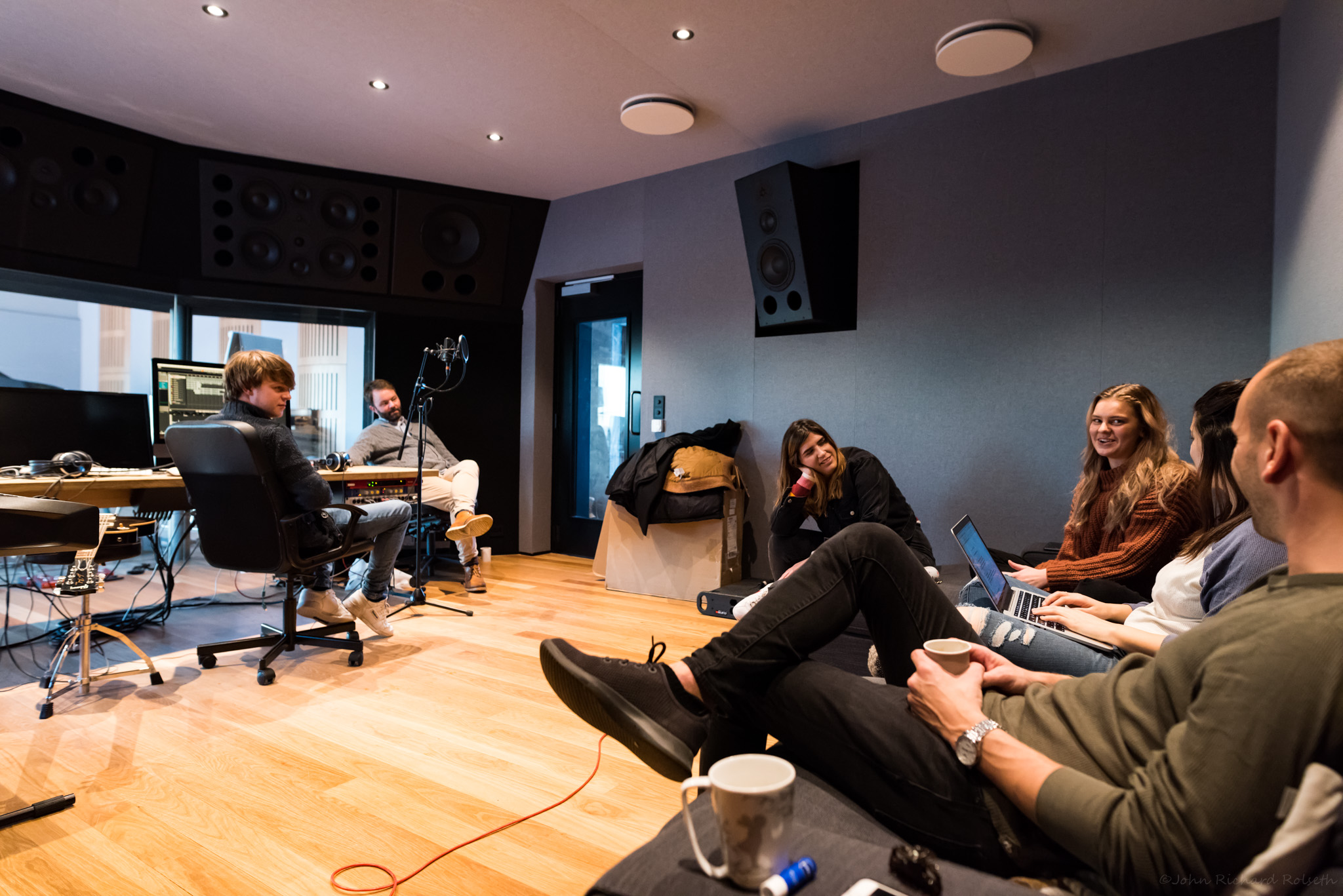
In this program, students are prepared for an international career in the music industry by working side by side with some of the best in the business. Students get to spend a year in the studio with some of the most successful professionals in the music industry instead of struggling through a traditional musical education in the classical sense of the word-pun most definitely intended.
The setup: 16 artists, 16 songwriters, and 16 producers are enrolled at a time and are paired with mentors recruited from the top of the music industry. Just check out this list of names: Grammy- winning producer Tor from Stargate (Katy Perry, Coldplay), Grammy-winning songwriter and recording artist Emily Warren, multi-platinum selling producer Fred Ball (Madonna, Rihanna), producer and songwriter Andreas Schuller (Justin Bieber, Dua Lipa), managing director of Sony Music Entertainment Norway Lena Midtveit, songwriter and producer Martin Sjølie (Sigrid, Nathan Sykes), songwriter Sarah Hudson (Katy Perry, Justin Biber, Nicki Minaj), artist and performer Kiesza and award-winning producer and songwriter Amund Bjørklund (Beyoncé, Bruno Mars).
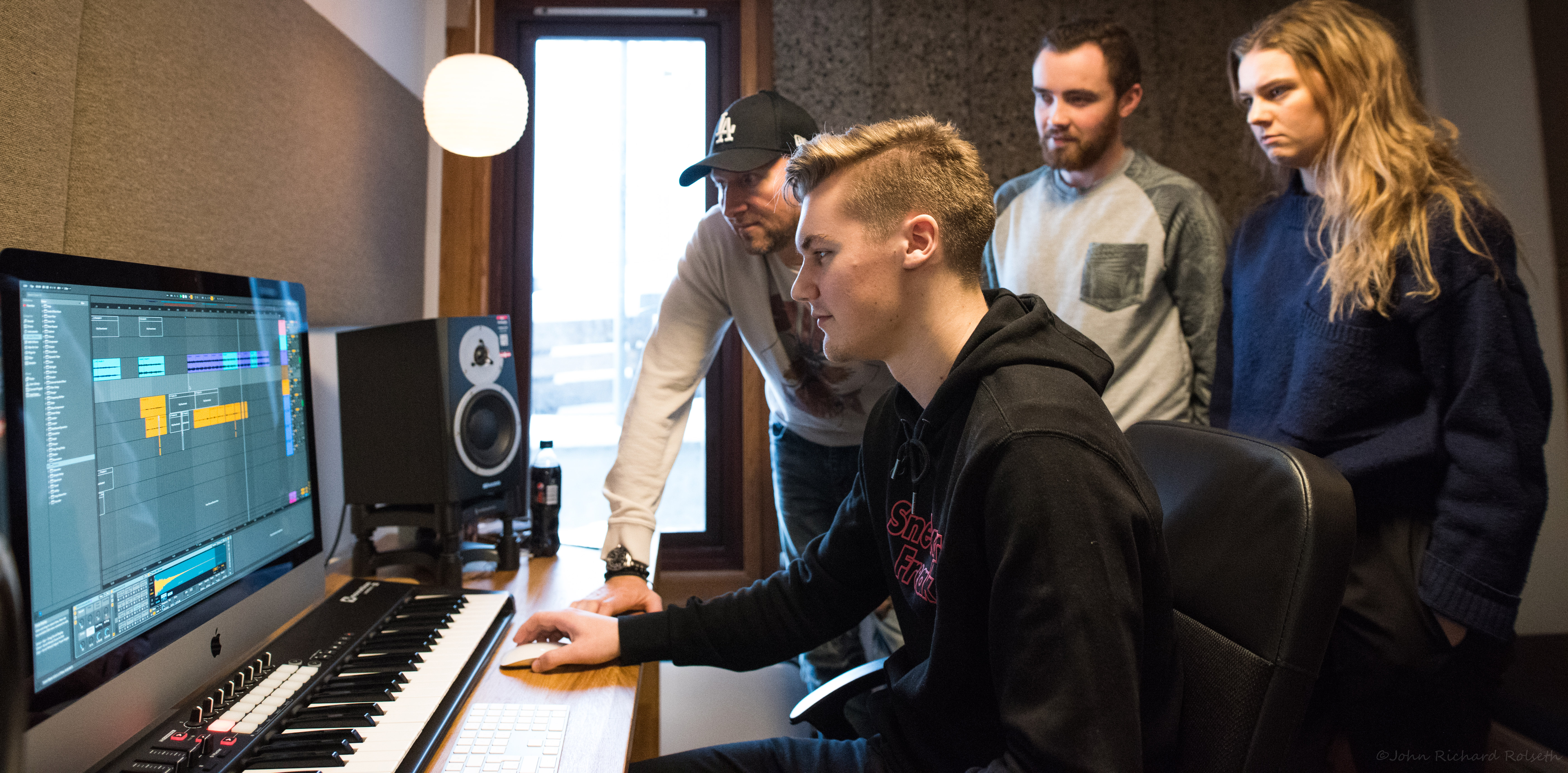
The moment the students enter the school, they are a part of the music industry.
Students work closely with their mentors on real musical projects, both in groups and through one-on-one feedback.
The first team of students at Limpi came from all over the world: USA, UK, The Netherlands, and Scandinavia, to name a few. They began their one-year-education last year, and their experiences give you an idea of just how radical this education is.
One of the assignments was creating a song for Sam Smith. After the students had completed the assignment, Tor from Stargate brought the three best songs to a session with Sam Smith. Take a minute to soak that in. They created a song in school and had a chance to have it pitched for Sam effing Smith. It definitely beats any half-assed college presentation I’ve ever done.
This is apparently the way things work at Limpi.
Through creative collaboration the mentors help students construct the foundation of a career in the music industry.
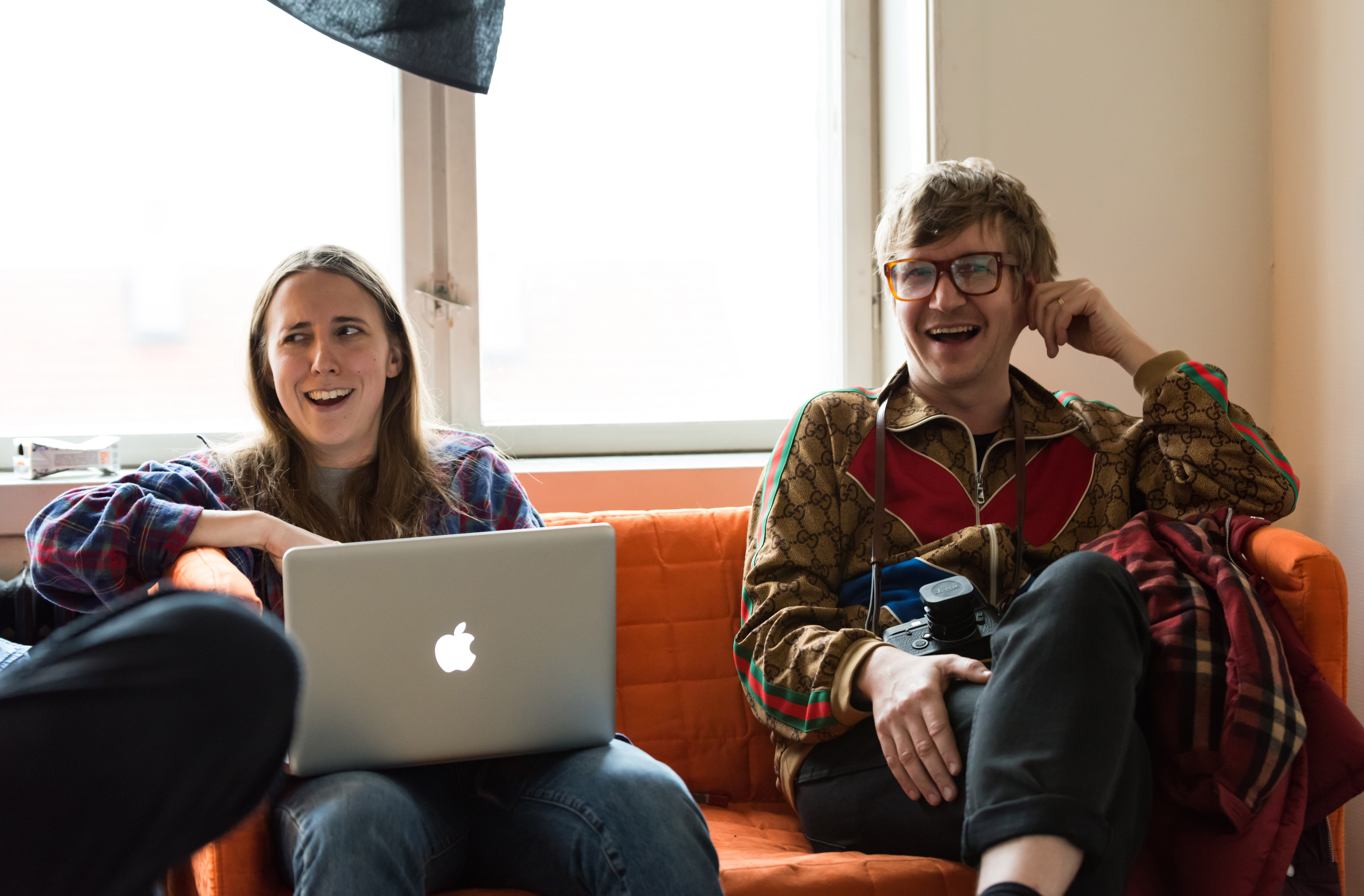
Producer and mentor Fred Ball explains how an education like this could have helped him:
“It was sometimes frustrating when I started out. I could do this great song, but had no idea how to get the right people to listen to it.” Getting the right people’s attention shouldn’t be a problem after people have graduated from Limpi, since they work with the right people on a daily basis.
In other words, if you already live and breathe music and want to spend a year working with the some of the biggest names in the music business, this seems like the place for you.
For more information about Lillehammer Institute of Music Production and Industries, please visit their website.
